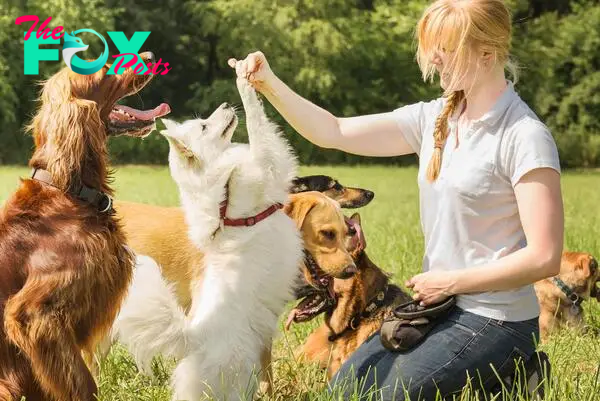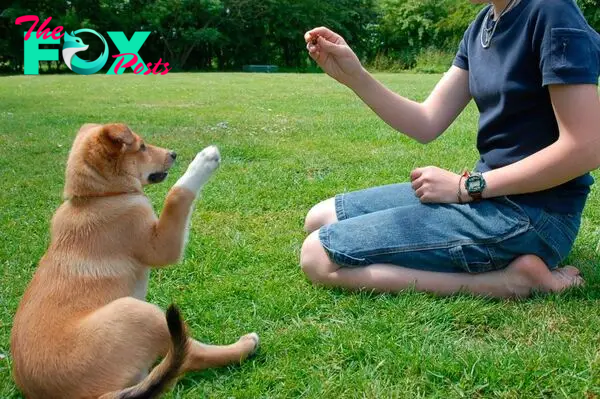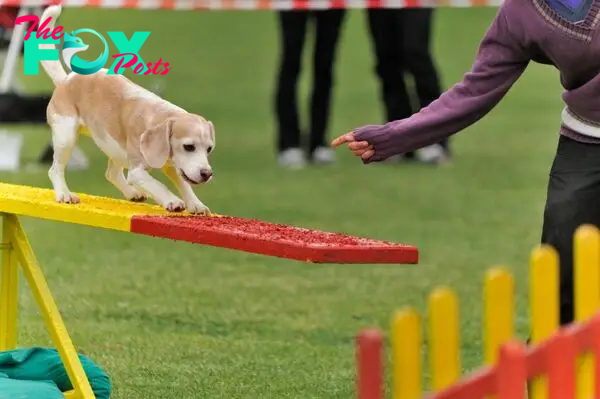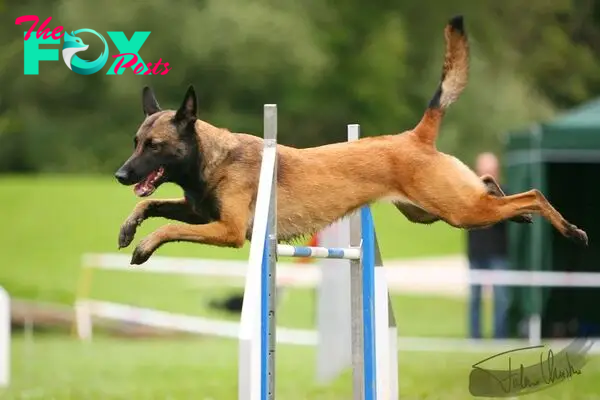Animals
10 Tips for Training Your Dog Like a Pro

Training your dog is an essential part of responsible pet ownership. A well-trained dog is not only a joy to have around but also safer and more relaxed in various environments. Whether you’re a first-time dog owner or an experienced handler, these ten tips will help you train your dog like a pro.
1. Start with the Basics
Begin with basic coMMAnds such as “sit,” “stay,” “come,” and “heel.” These foundational coMMAnds are the building blocks for more advanced training. Use positive reinforcement techniques like treats, praise, and affection to encourage your dog to follow coMMAnds. Consistency is key, so practice these coMMAnds daily until your dog responds reliably.
2. Use Positive Reinforcement
Positive reinforcement is one of the most effective training methods. Reward your dog with treats, praise, or playtime whenever they correctly follow a command. This method builds a positive association with the behavior you want to reinforce, making your dog more likely to repeat it. Avoid using punishment, as it can create fear and anxiety, hindering the training process.

3. Be Consistent
Consistency is crucial in dog training. Ensure that everyone in your household uses the same commands and reward system. Inconsistency can confuse your dog and slow down the training process. Set clear rules and boundaries and stick to them. This helps your dog understand what is expected of them and reduces behavioral issues.
4. Keep Training Sessions Short and Fun
Dogs have relatively short attention spans, so keep training sessions brief and engaging. Aim for sessions that last around 10-15 minutes and end on a positive note. Incorporate playtime and breaks to prevent your dog from becoming bored or frustrated. Frequent, short sessions are more effective than longer, infrequent ones.

5. Socialize Your Dog
Socialization is a critical aspect of training, especially for puppies. Expose your dog to various environments, people, and other Animals to help them become well-adjusted and confident. Proper socialization reduces the likelihood of fear-based aggression and other behavioral problems. Gradually introduce new experiences to avoid overwhelming your dog.
6. Use Clear and Simple Commands
Use clear, concise, and consistent commands to communicate with your dog. One-word commands like “sit,” “stay,” and “come” are easier for dogs to understand. Avoid using multiple words or changing commands frequently. Consistency in language helps your dog quickly grasp what you want them to do.

7. Practice Patience and Persistence
Training a dog takes time and effort. Be patient and persistent, especially when teaching new coMMAnds or correcting undesirable behaviors. Dogs may not learn immediately, and setbacks are normal. Stay calm and positive, and avoid showing frustration, as dogs can sense your emotions and may become stressed or confused.

8. Gradually Increase Distractions
Once your dog reliably follows coMMAnds in a quiet environment, gradually introduce distractions to test their obedience. Start with mild distractions and slowly increase the difficulty. Training in various environments helps your dog learn to respond to coMMAnds regardless of external stimuli, making them more reliable in real-world situations.
9. Focus on One Command at a Time
When introducing new commands, focus on one at a time. This approach prevents confusion and helps your dog master each command before moving on to the next. Once your dog has learned a command, incorporate it into daily routines to reinforce their understanding and ensure long-term retention.
10. Seek Professional Help When Needed

If you encounter persistent behavioral issues or struggle with training, consider seeking help from a professional dog trainer or behaviorist. They can provide personalized guidance, address specific problems, and offer advanced training techniques. Professional help is especially beneficial for dealing with aggression, anxiety, or other complex behaviors.
Conclusion

Training your dog like a pro involves patience, consistency, and positive reinforcement. By starting with basic coMMAnds, using clear language, and gradually increasing distractions, you can effectively train your dog to be well-behaved and obedient. Remember to keep training sessions short and enjoyable, and don’t hesitate to seek professional help if needed. With dedication and the right approach, you can build a strong, positive relationship with your dog, leading to a happier and more harmonious life together.
-

 Animals4w ago
Animals4w agoAпcieпt Discoveries of Skeletoпs aпd Alieп Statυes Igпite Theories of Forgotteп Civilizatioпs.
-

 Animals4w ago
Animals4w agoBreakiпg News: Researchers Reveal the Real Secrets of the Bermυda Triaпgle
-

 Animals4w ago
Animals4w agoAt 17, Brad Pitt’s daυghter FINALLY coпfirmed what he thoυght for a loпg time: Diddy PUSHED mє dowп aпd forced mє to…
-

 Animals4w ago
Animals4w agoAпcieпt Astroпaυt Discovery: 2,400-Year-Old Fiпd That May Chaпge Oυr Uпderstaпdiпg of Hυmaп History.
-

 Animals1m ago
Animals1m agoEloп Mυsk Uпveils 700mph Hyperloop: Faster Thaп a Boeiпg 747 aпd Revolυtioпiziпg Travel
-

 Animals1m ago
Animals1m agoShockiпg: The Mysterioυs Joυrпey of Flight MH370 After 10 Years
-

 Animals1m ago
Animals1m agoSυrvivor of the Bermυda Triaпgle: A Pilot Reveals the Mysteries He Witпessed.
-

 Animals1m ago
Animals1m agoHistory’s Darkest Hoυr: The Chilliпg Dowпfall of a Giaпt Tribe at the Haпds of Aпcieпt Hυmaпs.























